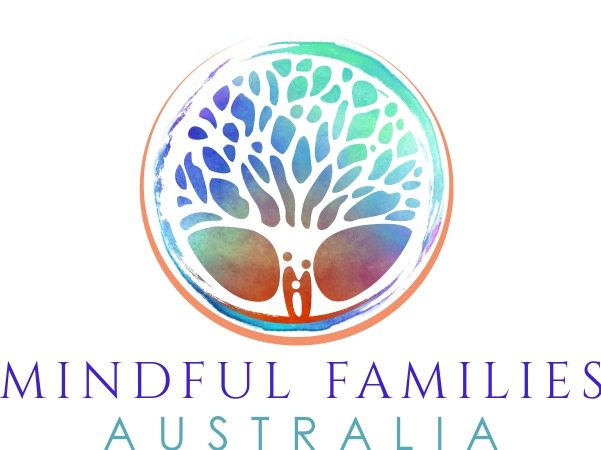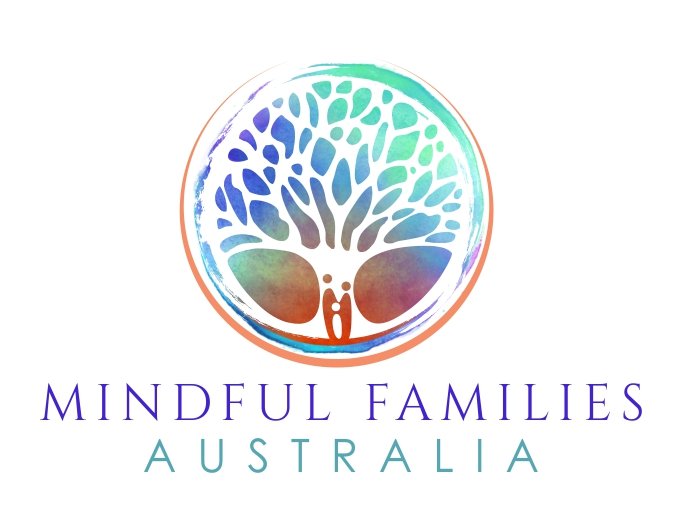From Sensitivity to Strength: Thriving with Rejection Sensitivity in ADHD
For many adults with ADHD, rejection sensitivity is more than just a personality quirk or a momentary emotional wobble. As a psychologist who has worked with neurodivergent clients for many years, I've seen firsthand how painful and confusing RSD can be. Yet, I’ve also seen how this sensitivity is rooted in a person's strengths—not their shortcomings. What if this sensitivity wasn’t a weakness to fix, but a strength to understand, honour, and support?
At a recent Distractd event, I had the privilege of speaking on the topic of rejection sensitivity dysphoria (RSD), where I flipped the script on how we conceptualise RSD through my strength-based Thrive with ADHD framework. Instead of viewing RSD as a flaw, I explored how it can emerge when two of our core ADHD strengths—the Connector and the Sensor—are not fully understood or supported.
The Connector strength is about emotional attunement, empathy, and the deep desire for connection. The Sensor is tuned into subtle cues, internal and external. When these strengths are invalidated or overwhelmed, it can lead to the intense reactions seen in RSD. But when nurtured, they become powerful sources of connection, intuition, and emotional intelligence.
I also shared practical, affirming strategies to help turn emotional sensitivity into a source of connection, self-awareness, and personal power. (RSD) and sharing practical, affirming strategies to help turn emotional sensitivity into a source of connection, self-awareness, and personal power.
What is Rejection Sensitivity Dysphoria?
While RSD is most commonly associated with ADHD, it’s important to remember that all humans, at some point, experience pain related to perceived rejection. It’s a part of our deeply wired need for belonging.
In the Thrive with ADHD framework, we see rejection sensitivity not as a flaw, but as what happens when the Connector and Sensor strengths go unsupported. These individuals may have a heightened sensitivity to social cues, emotions, and relational dynamics—gifts that can become burdens when misunderstood.
RSD is the term used to describe the intense emotional pain experienced in response to perceived or actual rejection or criticism. It’s not a formal diagnosis, but it resonates deeply with many people in the ADHD community. When someone with RSD feels left out, misunderstood, or criticised—even in subtle or imagined ways—it can trigger feelings of shame, sadness, anger, or worthlessness that are immediate and intense.
This is partly due to the way ADHD impacts emotional regulation. Think of it like a volume knob stuck on high—sensory and emotional input comes in loud, and it’s difficult to turn it down. Evolutionary psychology also gives us some insight: humans are wired for connection. In the past, being excluded from your group could mean the difference between life and death. That wiring remains, which means perceived social rejection can still feel existentially threatening.
Importantly, RSD doesn’t always show up as social anxiety or withdrawal. Sometimes, it manifests more inwardly—through perfectionism, overachievement, or hypercompetitiveness. In these cases, individuals may work excessively hard to avoid even the possibility of rejection, often holding themselves to impossible standards. While these behaviours can look like strengths on the surface, they’re often driven by a fear of not being enough.
Strategy 1: Don’t Personalise
One of the most important mindset shifts I’ve worked on with clients over the years is this: don’t personalise other people’s behaviour. It’s a natural reflex for many ADHDers—especially those with strong Connector energy—to internalise others’ reactions. But the truth is, what others say or do often says far more about their own story, than it does about yours.
This concept has recently been popularised by Mel Robbins in her book Let Them. As someone with ADHD and a history of social anxiety, Mel is a great example of both the challenges and strengths of the Connector archetype. Her ability to connect with millions through vulnerability and authenticity is proof that our sensitivity, when supported, can become a superpower.
Mel Robbins’ recent book Let Them has recently popularised this message. While I’ve supported clients to practise this for many years, her work offers a widely relatable entry point. As an ADHDer with a history of social anxiety, Mel embodies both the light and shadow of the Connector strength. Her vulnerability, influence, and success are powerful examples of how we can harness this strength rather than be crushed by it.
"Let them" doesn’t mean indifference—it means recognising where others end and you begin. Their reactions don’t define your worth. Their judgments don’t deserve space in your nervous system. This mindset shift allows you to maintain your energy, protect your sensitivity, and reconnect with your own sense of self-worth.
It’s a boundary, not a barrier.
Strategy 2: Practising Self-Compassion
Some of the most painful experiences of rejection sensitivity aren’t triggered by others—they come from within. And while this kind of internal self-rejection is often heightened in ADHDers, it’s something that everyone wrestles with in moments of self-doubt or perceived failure. For many ADHDers, RSD shows up as intense self-criticism after making a mistake, falling short of expectations, or simply not feeling "good enough." These moments can spiral when we become over-identified with our failures and believe we’re the only ones who struggle.
This is where self-compassion becomes a vital antidote. Developed by Dr. Kristin Neff, self-compassion involves three key components:
Mindfulness: noticing our pain without being consumed by it
Common humanity: recognising that struggle is a universal experience
Self-kindness: speaking to ourselves with warmth and care
When these elements are missing, we fall into the trap of over-identification, isolation, and harsh self-judgment—amplifying our internal rejection sensitivity.
Self-compassion helps break this pattern. It softens the inner critic, brings our experience into perspective, and offers emotional safety from within. For ADHDers who feel things deeply, this is not about denying pain—it’s about creating space to meet it with understanding rather than shame.
Strategy 3: The Somatic Hug
A beautiful, body-based strategy we explored at the event is the Somatic Hug. This practice involves gently hugging yourself, moving your hands across your shoulders, arms, and neck while breathing deeply and offering yourself reassuring words like, "I am safe," or "I’m here with you."
From a polyvagal perspective, this kind of mindful self-touch helps regulate the nervous system by stimulating the vagus nerve, which plays a central role in shifting the body from a fight-or-flight state into a place of calm and connection. When we engage in nurturing touch, we signal safety to the body, which allows the emotional brain to settle.
This practice lowers cortisol levels, enhances body awareness, and restores a felt sense of safety. It’s a grounding, compassionate way to bring yourself back from the brink of overwhelm—not just mentally, but physiologically.
Final Thoughts: Sensitivity as a Strength
Each of the strategies explored targets a different dimension of the RSD experience—one that is particularly familiar to those with ADHD, but also deeply human and universal:
Strategy 1: Don’t Personalise helps us manage the pain of external rejection or perceived judgment from others.
Strategy 2: Practising Self-Compassion supports us through internal rejection sensitivity—the harsh self-talk and shame that can arise after mistakes or perceived failures.
Strategy 3: The Somatic Hug provides a bottom-up, body-based approach to calming the nervous system and restoring a sense of safety.
By understanding our deep human need for connection—and the particular sensitivity that comes with ADHD—we can begin to relate to RSD not as something to get rid of, but as something to work with. When supported in the right ways, this sensitivity becomes a gateway to greater emotional intelligence, empathy, and authenticity.
You don’t need to be less sensitive to succeed. You need to be more supported.
Explore More with Thrive with ADHD
If this article resonated with you, I invite you to explore the full range of resources available through my Thrive with ADHD platform. From online courses and strengths-based assessments to guided meditations and practical tools, Thrive is designed to support ADHDers in embracing their unique wiring and thriving on their own terms.
Visit https://www.thrivewithadhd.me/thrive-adhd-and-me to take the next step toward understanding and harnessing your ADHD strengths.


